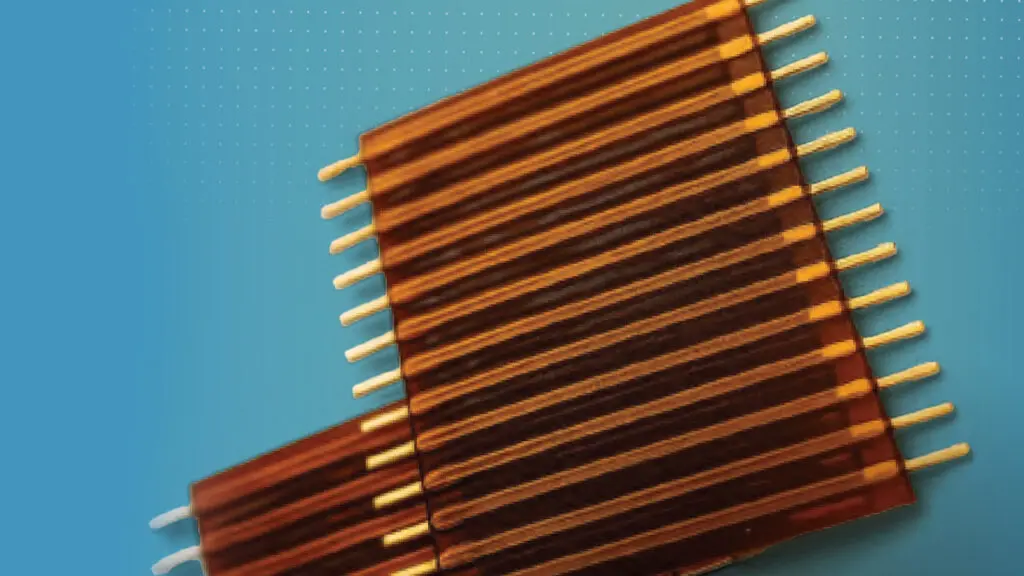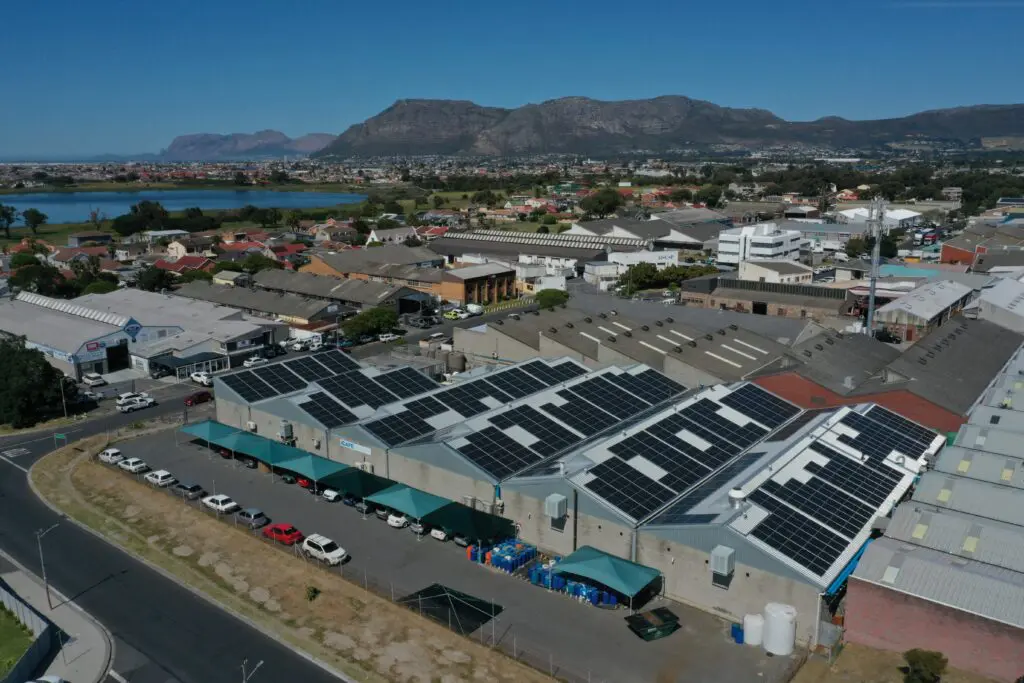TOP 5 : Future PCB innovations
Exploring tomorrow’s electronics today
In the fast-moving world of electronics, innovation isn’t a luxury—it’s a survival strategy. As consumer expectations grow, technologies become more complex, and sustainability becomes non-negotiable, electronics manufacturers are being challenged to reinvent not only what they make, but how they make it. Printed circuit boards (PCBs), the foundational element of nearly all electronic devices, are now at the forefront of this transformation.
From aerospace-grade flex circuits to biodegradable substrates, and from RF-ready PTFE boards to screen-printed heating elements, a quiet revolution is underway inside the factories of global manufacturing leaders like ICAPE Group. These breakthroughs not only push the boundaries of what’s technically possible, they also reflect a deeper shift toward cleaner, more agile, and application-specific electronics.
This article unpacks five standout innovations that are poised to reshape the PCB landscape. Whether you’re an electronics enthusiast curious about cutting-edge materials or a seasoned engineer looking for new tech to spec into your designs, there’s something here to spark your imagination and challenge your assumptions.

1. Sculptured Flex PCBs: Where strength meets flexibility
The concept of flexibility in electronics has often come with trade-offs, reduced durability, lower current capacity, and manufacturing complexity. But the emergence of Sculptured Flex technology offers a new paradigm. Here, a thick copper core is encapsulated between two layers of polyimide (PI), forming a rugged yet highly adaptable interconnection solution.
Originally designed for harsh environments like military and aerospace systems, these heavy-duty flex PCBs deliver both electrical performance and mechanical toughness. Unlike traditional flex boards that prioritize bendability at the cost of resilience, Sculptured Flex solutions can handle both repeated motion and significant current loads without degradation.
What’s notable is that these solutions are no longer confined to the defense sector. As industries like automotive, medical, and industrial automation look to reduce connector counts and improve reliability in constrained spaces, demand for ultra-robust interconnects is growing. Products like AviFlex and CireFlex illustrate how a niche military solution is crossing over into broader commercial applications.
Insight: With standard designs available off-the-shelf and full customization options, these flex circuits are now an agile option for design engineers tackling space-constrained or mission-critical electronics.
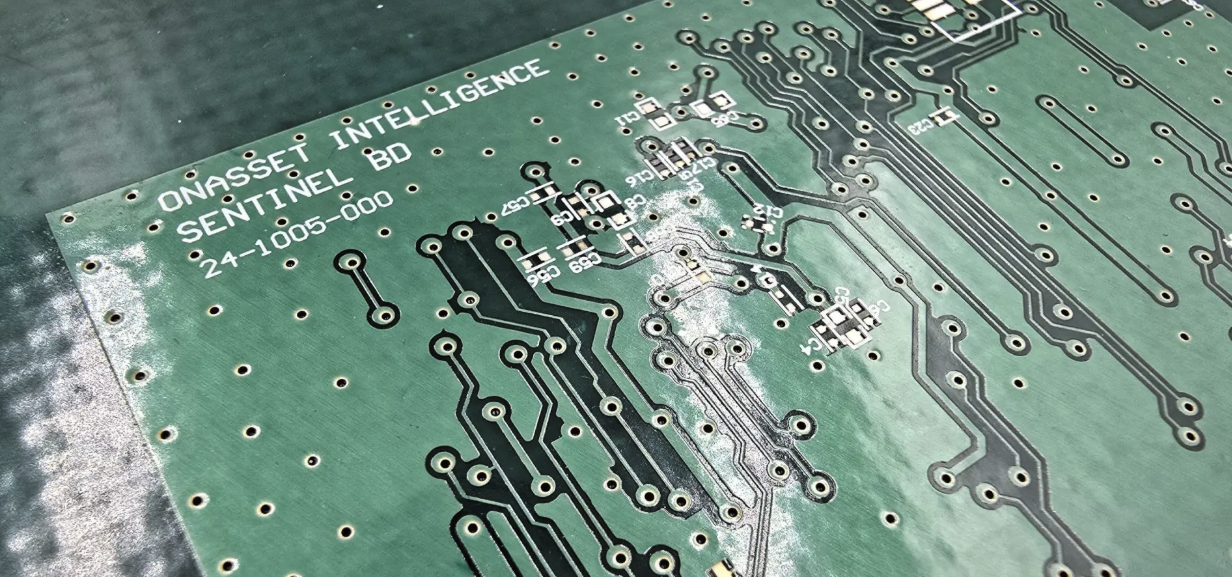
2. Greener PCBs: Reinventing substrates for a sustainable future
One of the most significant shifts in the electronics industry today is the push toward environmental responsibility. While much attention has been given to energy-efficient chips and recyclable packaging, the PCB itself—typically made from epoxy resin and glass fiber—is often overlooked in sustainability discussions. That’s beginning to change.
ICAPE Group, in collaboration with UK-based JIVA, is pioneering Soluboard®, a PCB substrate made from natural fibers embedded in a water-soluble polymer. Unlike conventional FR4, Soluboard® can dissolve in hot water, leaving behind compostable materials. This simple yet elegant solution addresses one of the biggest environmental challenges in electronics: e-waste.
Another bold experiment is CircElPaper, an early-stage material that uses laminated paper foils to create fully biodegradable single- and double-sided PCBs. While still in its infancy, this concept could one day lead to circuit boards that literally return to the earth—ideal for low-impact IoT devices, disposable sensors, or educational kits.
What sets these initiatives apart is that they aren’t just lab curiosities. Soluboard® is nearing production readiness and can already be used to manufacture simple boards for consumer or industrial applications. It’s a strong signal that the materials revolution in electronics has truly begun.
Insight: As electronics become more pervasive, especially in single-use and short-life-cycle products, eco-friendly substrates will no longer be optional—they’ll be essential.

3. RF & PTFE special PCBs: Precision engineering for the wireless age
As the world embraces 5G, satellite internet, and high-frequency radar systems, the demand for radio frequency (RF) and microwave-compatible PCBs is soaring. These applications require not just high-speed signal transmission, but incredibly tight impedance control and minimal signal loss. Standard FR4 simply won’t cut it.
Enter PTFE-based substrates, materials known for their excellent dielectric properties and thermal stability. ICAPE’s TRAX division has built deep expertise in producing high-performance PCBs using various Rogers types materials, ideal for high-frequency applications in both defense and civilian sectors.
What’s especially forward-looking is the adoption of ASIG (Autocatalytic Silver Immersion Gold), a nickel-free surface finish that offers superior signal integrity for RF circuits. As signal speeds climb and design tolerances shrink, even the surface treatment of a board can make or break a product’s performance.
One standout example? A communications system built into an astronaut’s helmet for a future lunar mission. These are not just theoretical capabilities; they are in production, solving real-world, space-bound engineering problems.
Insight: For designers working on advanced radar, satellite, or high-speed RF systems, materials and finishes like PTFE and ASIG aren’t luxuries—they’re enablers of next-generation performance.
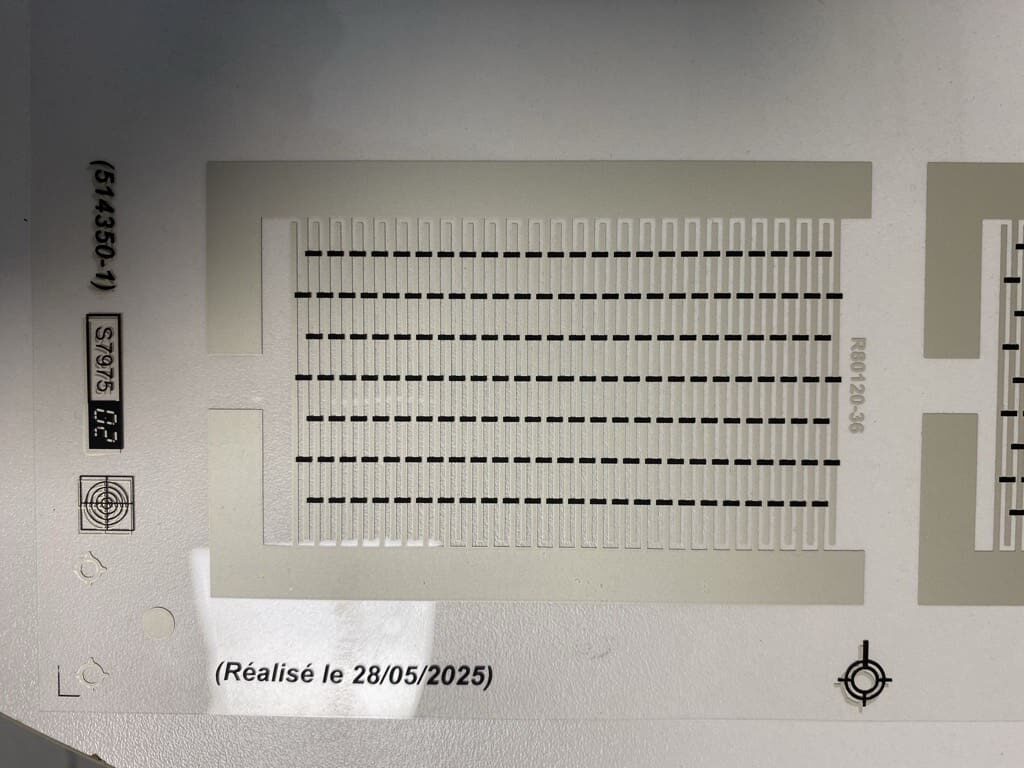
4. Printed Heating Circuits: Smarter warmth, without electronics
Heating elements are everywhere—from automotive mirrors to medical devices to smart textiles. But traditional solutions often require bulky controllers or wired sensors. A smarter approach is emerging through printed heating circuits, where temperature control is baked into the material itself.
Using Positive Temperature Coefficient (PTC) inks, ICAPE’s IHM division prints self-regulating resistive elements directly onto flexible PET substrates. These heating circuits automatically stabilize at preset temperatures (typically 60°C, 90°C, or 110°C), eliminating the need for external electronics management.
This opens up a world of possibilities. Imagine a medical pad that warms automatically without adjustment knobs. Or a snow-sensing windshield strip that defrosts without a thermostat. Even recreational products, like heated insoles or smart jackets, can benefit from this leaner, smarter heating technology.
What’s more, these circuits are thin, lightweight, and customizable in shape, making them ideal for integration into curved or irregular surfaces.
Insight: Printed PTC heating opens new design frontiers in wearables, transport, and med-tech—combining form, function, and safety in a single layer.
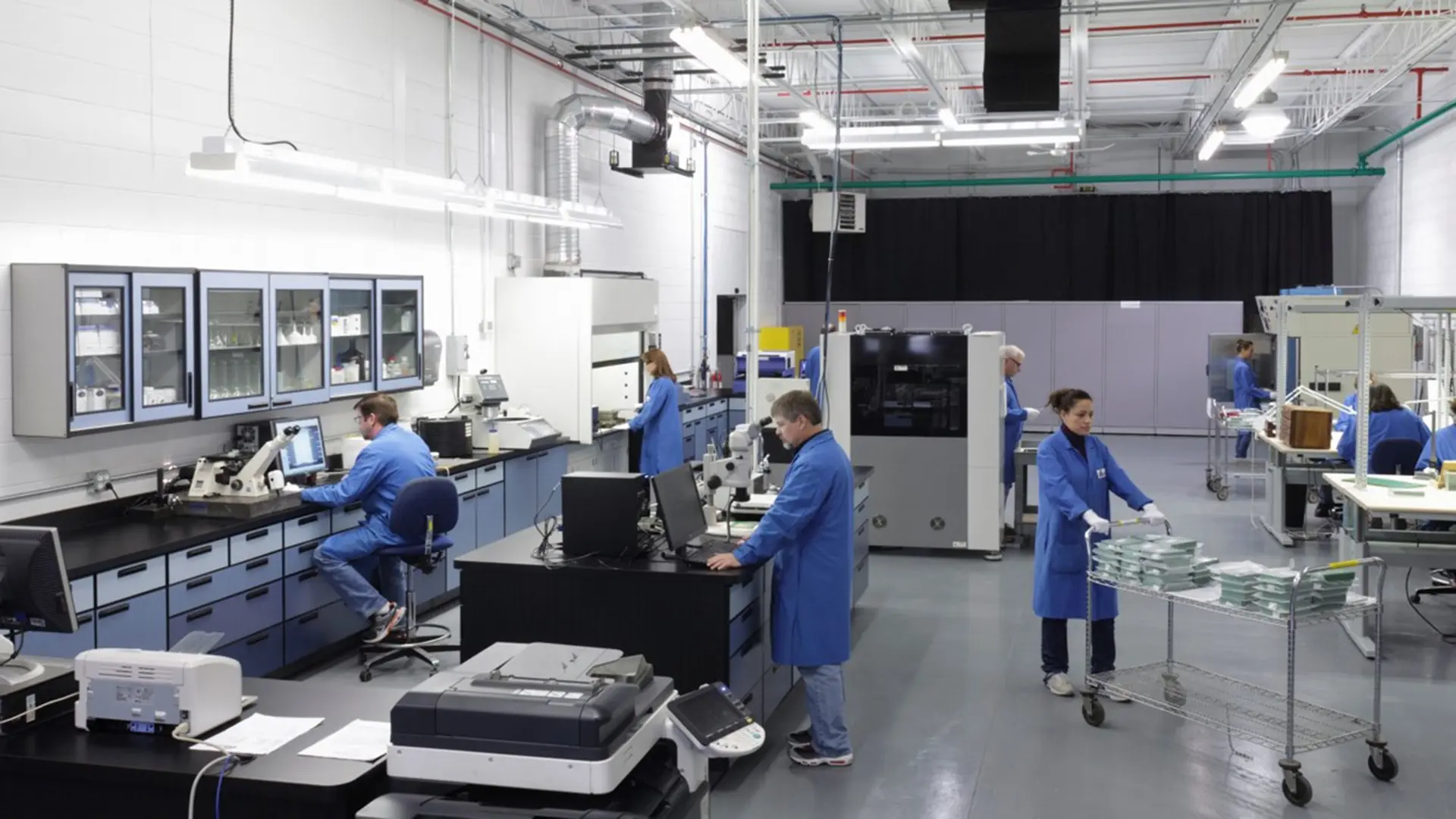
5. Through-Hole assembly on Flex: High-precision, low-tolerance craftsmanship
Flex circuits are prized for their adaptability—but soldering components onto them is another story. With pitches shrinking and materials growing more fragile, assembling through-hole (TH) connectors on flex circuits demands surgical precision.
This is where ICAPE’s DIVSYS team has made a name for itself. In collaboration with US-based EVIDENT (formerly Olympus Scientific), they successfully assembled TH LEMO connectors on a 0.5mm pitch PI flex circuit with custom bending, a task that many assemblers shy away from due to the risk of thermal and mechanical damage.
What makes this achievement even more impressive is that it was done manually. In a world that increasingly leans on automation, some projects still require human finesse, particularly when dealing with unique geometries, sensitive materials, or one-off prototypes.
Moreover, sourcing strategy played a role. The team leveraged regional price differences, acquiring LEMO connectors at significantly lower cost in the US than in China, optimizing both quality and budget. With DIVSYS, ICAPE Group innovates and can improve assembly techniques that could change the industry.
Insight: High-reliability assemblies on flex circuits aren’t just for large-scale production. With the right skills and sourcing, even custom, low-volume builds can meet the highest standards of precision.
Innovation That Connects, Performs, and Endures
Innovation in PCB technology isn’t limited to shiny new gadgets; it’s the quiet revolution inside the circuit. It’s in the materials we choose, the methods we refine, and the bold new applications we enable.
Whether it’s building electronics that biodegrade, circuits that think for themselves, or RF boards that ride rockets to the moon, the engineers and technicians at ICAPE Group’s factories are proving that even the most established technologies still have room to evolve.
For designers, engineers, and electronics brands alike, these breakthroughs offer more than just technical upgrades; they provide new ways to meet market needs, reduce environmental impact, and create next-generation products that truly stand apart.
From flex to finish, from sustainable to space-ready, the future of PCBs is here, and it’s more flexible, capable, and intelligent than ever.
Ensure the best chances to secure your supply chain during the Chinese New Year Celebrations with some good practices and information from ICAPE Group.
The C-FLEX Jumper arrives in ICAPE Group’s product range ! Compact reliable and European-made flexible circuit ICAPE Group expands its high-reliability interconnection solutions with the launch of C-FLEX Jumpers, a new generation of flexible PCB jumpers designed and manufactured by ICAPE MMAB, the Group’s European PCB facility based in Malmö, Sweden. Engineered to offer an alternative to […]
ICAPE Group’s Global CSR Achievements Building a responsible and sustainable future At ICAPE Group, we see sustainability as the foundation of long-term performance. Every decision, from energy sourcing to supply chain management, is guided by our commitment to reduce our environmental footprint and create positive social impact. In recent years, this commitment has translated into […]


